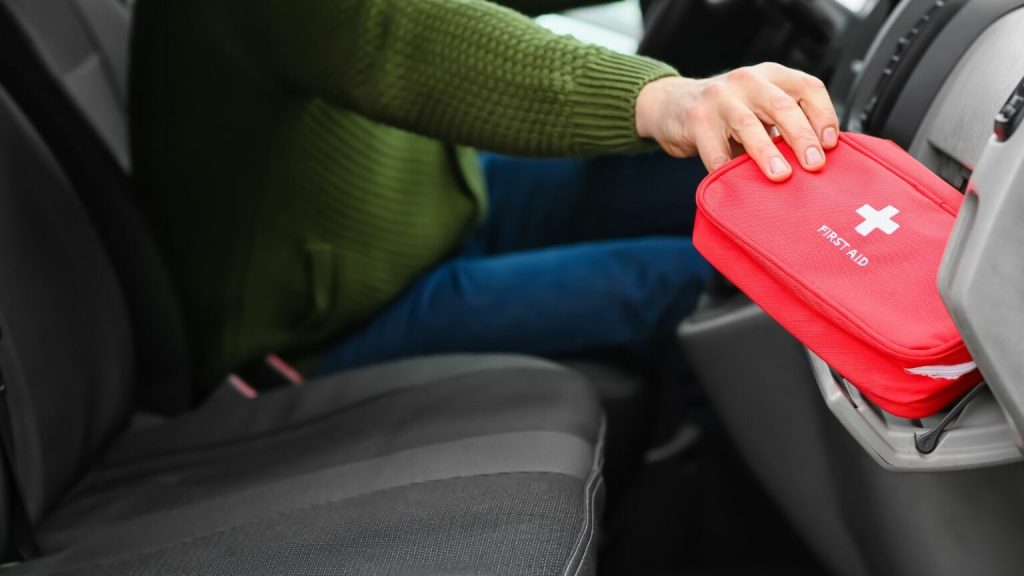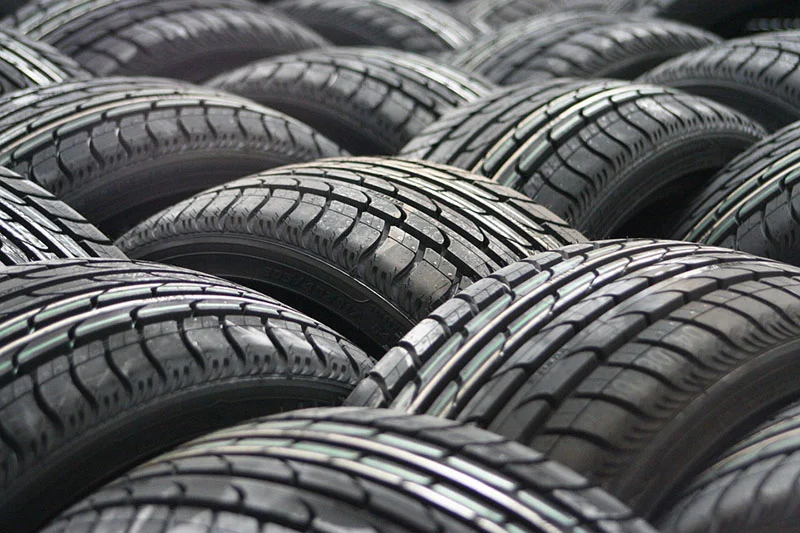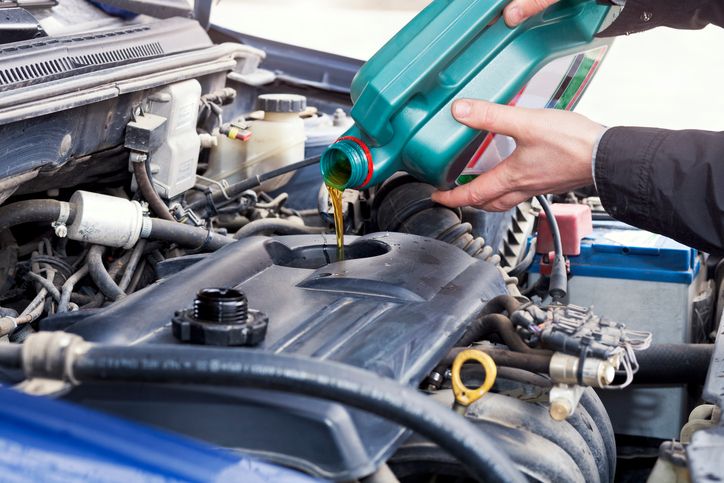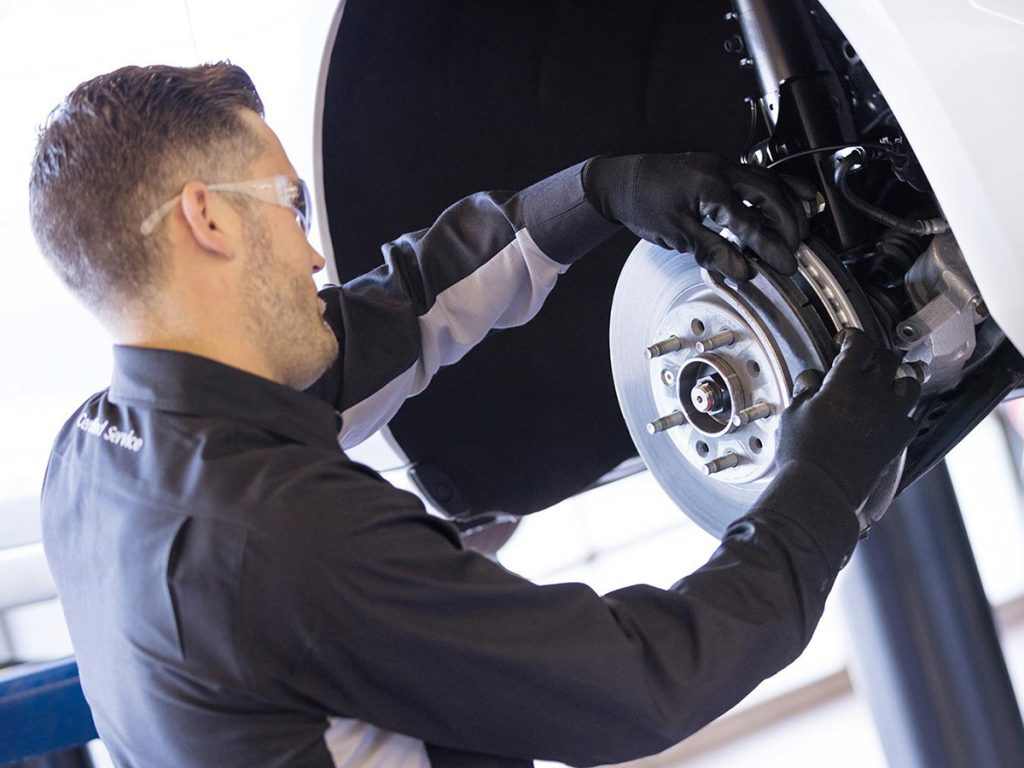Often, autumn days are short, many cars stand with wet leaves on the roads and autumn is bereft of warmth. Luckily, there are a few simple steps you can take to make sure your car is prepared for whatever the season of autumn has in store for you. That is why, in today’s article, I will show you 7 simple tips on how to properly care for your car as summer comes to an end and can take hold of the fall.
Table of Contents
Prepare an Emergency Kit

You never know where the unexpected might come knocking, so you should always have an emergency kit in your car. And if you happen to have roadside assistance covered by your car insurance policy, that’s a thing you want to check out because it’s known how handy that can be in a sticky situation.
Make sure to include the following items in your kit:
- Jumper cables
- Flashlight and extra batteries
- Blanket and warm clothing
- First aid kit
- Basic tools
- Non-perishable food
- Bottled water
- Ice scraper
- Small shovel
- Road flares
- Reflective triangles
- Phone charger
Check Your Tires

The air pressure in your tires can drop with cooler weather, causing uneven wear, loss of fuel efficiency, and even blowouts. For the safety of yourself and the other folks on the road as the season progresses, taking a couple minutes to look at your tires reflects good sense. Here’s what you need to do:
- Check tire pressure: Its a good idea to use a tire gauge to test the pressure of all four tires (including the spare). For the correct PSI (pounds per square inch), refer to your vehicle’s owners manual and if a coolant change is required, change it accordingly.
- Inspect tread depth: Fall tends to leave wet and slippery roads, so use the “penny test” to check the tread depth, making sure you have ample traction with tires. Place a penny head down in the tread. If you can see the top of his head, it’s probably time to mount some new tires.
- Look for signs of wear and damage: Check your tires for cracks, bulges, or embedded objects like nails or glass. Anything abnormal should be checked with a tire professional.
Check Fluid Levels

One simple and important step to get your vehicle ready for fall is to check your vehicle fluid levels. Pay attention to these fluids:
- Engine oil: Check your oil level using the dipstick to see there’s enough oil in there and within the recommended range. If your oil is dark or sandy-looking, maybe it’s time for a change.
- Coolant: Coolant isn’t only for keeping your engine cool when it’s hot out. It is also beneficial as it prevents icing in colder weather. Ensure your coolant level is sufficient, or it can be topped up and even flushed if it’s another while since this service.
- Brake fluid: A car whose brakes aren’t up to the mark and due to low brake fluid not working properly is a danger to both yourself and other people on the road, worse still in wet or icy conditions. If it’s time for a brake system inspection, check the fluid level; it should be topped off, or you should see a mechanic.
- Windshield washer fluid: Topping up this fluid will ensure the dirt, debris, and smudges remain on your windshield. For that same reason, you may also want to switch to a winter formula that doesn’t freeze in colder weather.
- Transmission fluid: Shifting problems and more serious problems later, can result from transmission fluid that is low or dirty. Look to your owner’s manual for instructions on how to check and add fluid.
Inspect Brakes

With fall in full swing, roads get slick, and you should check your braking system before this season.
First, listen for an abnormal sound while applying brake. In case you hear squealing or grinding noises, then you could have worn down your brakes. The first thing you do is to check for wear and/or damage on the brake pads and rotors while your car is sitting still.
Then listen out for how your brakes are doing as you drive. If your brake pedal has that soft, spongy feel, or if like my son you notice your car leaving the car come to a stop less quickly than it used to, you may have a problem with the brake fluid or the master cylinder.
For example, if your brake warning light comes on, you shouldn’t ignore it. The problem might be very serious with your braking system. However, even if they do seem to be functioning normally, it is advised to have a professional diagnose and repair any problem you have to prevent risk.
Test Heating and Defrosting Systems
Before the temperature really drops, give your heating and defrosting systems a test run since a foggy windshield can severely limit visibility and make driving incredibly dangerous. Plus, no one wants to shiver through their morning commute.
First, start your engine, turn the temperature dial to the highest setting, and select the heater function. It might take a few minutes, but you should feel warm air blowing from the vents. If not, your heater core could be malfunctioning, so you’ll want to visit a mechanic to have it checked out.
Then, turn on your defrosters to ensure they’re working effectively. If your windows aren’t clearing up as quickly as they should, it could be a sign of a weak defroster or issues with your vehicle’s ventilation system.
Inspect Wiper Blades
Make use of that chilly weather to test run your heating and defrosting systems before the temperature really drops because a foggy windshield can greatly restrict visibility and make driving incredibly dangerous. But nobody wants to shiver all the way to work in the morning.
Start by turning your engine, turning the temperature dial to the maximum and setting the heater function. Depending on it usually won’t take more than a few minutes and you should feel warm air coming out of the vents. If not, then it is possible that your heater core is malfunctioning, and you will want to go to a mechanic to have it checked.
Next, turn on your defrosters so you can be confident they’re working as they should. Your windows won’t clear up as quickly as they should if you have weak defroster or issues with your vehicle’s ventilation system.
Test Battery
It’s more than inconvenient. It can strand you at the worst time possible. A failing battery in the fall is going to die in the winter – cold weather places added strain on your battery.
By testing your battery now, you’re saving yourself the last minute trouble of having a dead battery in the morning and replacing it if needed, giving you a smooth starting experience all season.
You’ll need a battery tester to check your battery’s condition and you can get one cheaply. Also, lots of auto parts stores will do free battery testing for you. If you’re battery is on the way out, you should replace it with a new one following your manufacturer’s guidelines.
Preparing your car for the fall season can make all the difference in ensuring a safe, smooth driving experience. While you’re at it, don’t forget to review your cheap car insurance options and get updated car insurance quotes to make sure you’re fully covered and getting the best deal possible.
from Auto Blog | Latest Car News and Reviews, Trucks, Bikes, and Motorcycles https://ift.tt/ViklM7Q
No comments:
Post a Comment